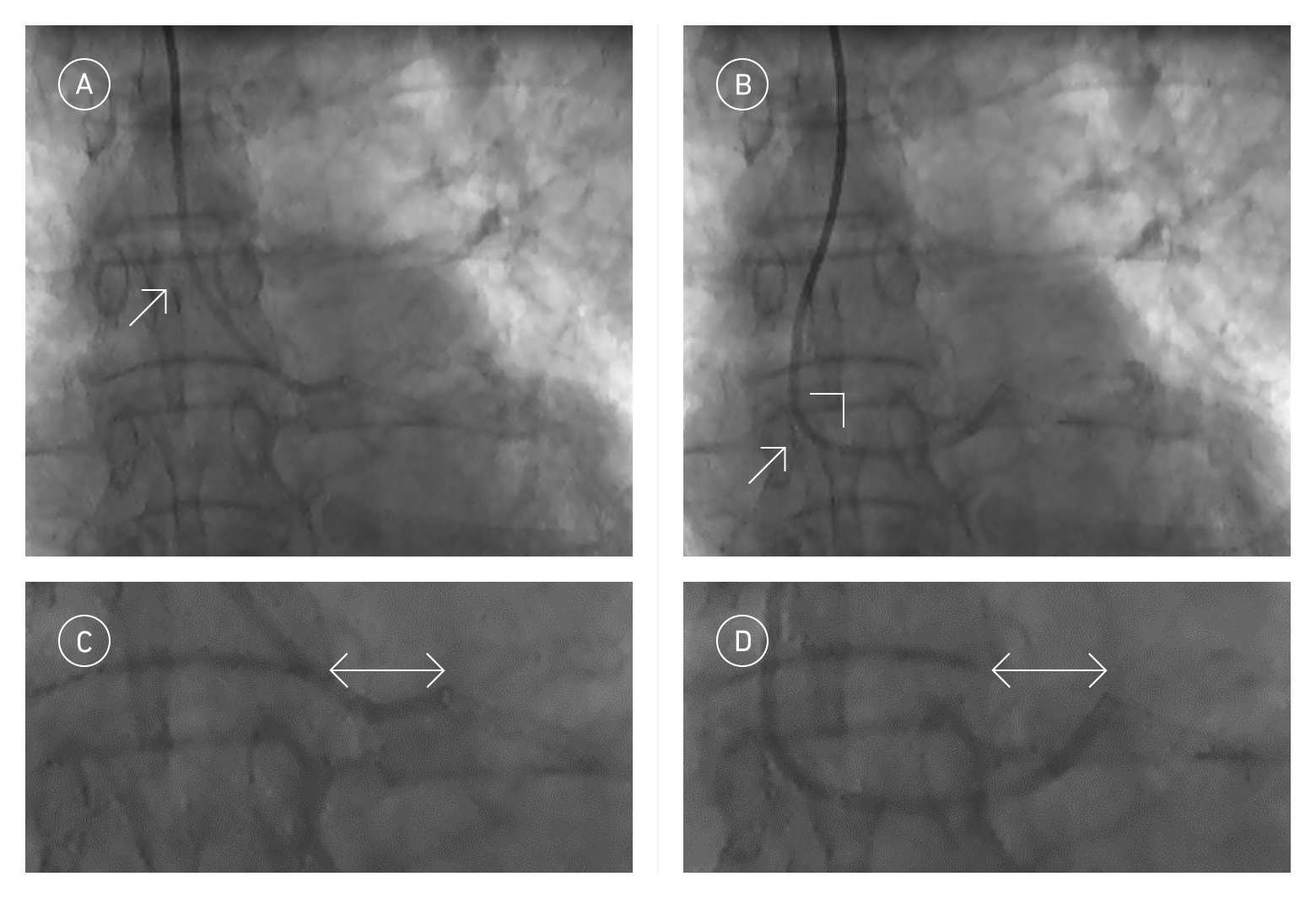IKARI curve
IKARI curve
Power position
IKARI curve
To increase backup force of Ikari Left, power position is a simple and useful method. While the Ikari Left guiding catheter is engaged coronary artery, pushing the Ikari Left can make the power position. The backup force is similar to guiding catheter extension or anchor balloon technique.
Why the power position can increase backup force dramatically? Our prior research showed that the angle between the catheter and the aorta is an important factor to determine backup force. Power position is a method to change the angle up to 90 degree and generates strong backup force.
For left coronary artery, the Ikari Left catheter does not advance deeply. Thus, it is a safe catheter without left main coronary artery injury. In contrast, making power position for right coronary artery may advance into the coronary artery.
Reports from Taiwan showed Ikari L success rate for left and right coronary artery was extremely high as 99% and 98%, respectively. They also reported that catheter induced coronary artery injury for left and right coronary arteries was extremely low as 0% and 0.4%, respectively (Ali A. Youssef, Chiung-Jen Wu, et al. EuroInterv. 2007; 3: 475-481). These data indicate high performance and safety of Ikari Left.

Original position (A, C) and Power position (B, D) The angle between the catheter and the reverse side of the aorta is small in A but big as 90 degree in B. Thus, backup force is strong in power position. The distal tip of the catheter is not inserted deeply (D).
How to make power position.
Push the catheter simply. Do not rotate it.
The same movie showing the distal tip with red arrow indicates the distal tip position is the same even at the power position. No deep insertion is found. This is the reason why left main injury is extremely less than other catheters.

